Introduction
Wheat starch, commonly known as Dengfeng flour in Chinese cuisine, is a versatile ingredient derived from wheat grains. Despite its widespread use in Asian cooking and industrial applications, many remain unfamiliar with its origins, properties, and diverse applications. This article explores the science behind wheat starch, its cultural significance, and its role in modern food science and beyond. From creating translucent dumpling skins to stabilizing pharmaceuticals, wheat starch’s unique characteristics make it an indispensable component in global kitchens and industries.
The Production of Wheat Starch
Wheat starch is extracted through a process that separates the starch molecules from wheat gluten and other components. The production begins by mixing wheat flour with water to form a dough. This dough is then kneaded and washed repeatedly under running water to remove the gluten proteins, leaving behind a milky-white starch solution. The liquid is allowed to settle, enabling the starch granules to precipitate at the bottom. After draining excess water, the starch is dried and ground into a fine powder, resulting in the pure, white flour known as wheat starch.
Unlike all-purpose flour, which contains both starch and gluten, wheat starch is nearly gluten-free, making it suitable for gluten-sensitive diets. However, cross-contamination during processing may occur, so certified gluten-free varieties are available for those with celiac disease.

Physical and Chemical Properties
Wheat starch is characterized by its fine, powdery texture and brilliant white color. It has a neutral taste, making it ideal for applications where flavor integrity is paramount. Chemically, it is composed of two polymers: amylose and amylopectin. The ratio of these polymers influences its gelatinization temperature, viscosity, and ability to form gels. Wheat starch typically gelatinizes at lower temperatures than cornstarch, around 140–150°F (60–65°C), allowing it to thicken sauces and soups at relatively mild cooking temperatures.
Another notable property is its high opacity when hydrated, which contributes to the glossy appearance of dishes like steamed buns and dumplings. Unlike tapioca or potato starch, wheat starch forms a firm yet tender gel when cooked, making it a preferred choice for creating delicate textures in pastries and confectioneries.
Culinary Applications
-
Asian Cuisine
Wheat starch is a cornerstone of Chinese, Vietnamese, and Thai cooking. Its ability to create translucent, chewy textures makes it indispensable for:- Har Gow (Shrimp Dumplings): The iconic dim sum dish relies on wheat starch dough to achieve its signature glassy skin.
- Steamed Buns (Baozi): Mixed with rice flour, wheat starch ensures soft, pillowy interiors.
- Noodles: In recipes like Cheung Fun (rice noodle rolls), it adds elasticity and prevents stickiness.
- Desserts: Mango pudding and almond jelly utilize wheat starch for a silken, wobbly consistency.
-
Thickening Agent
Wheat starch acts as an effective thickener for sauces, gravies, and soups. When whisked into cold liquids and heated, it imparts a glossy finish without the cloudiness associated with flour. It is particularly favored in stir-fries and sweet-and-sour sauces, where clarity is desired.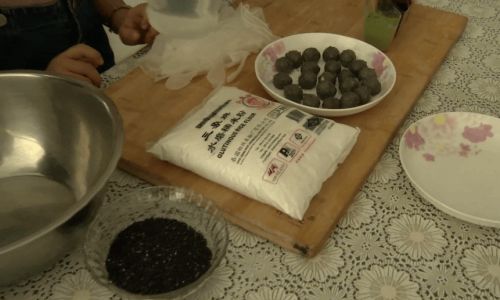
-
Baking
In gluten-free baking, wheat starch is often combined with rice or tapioca flour to mimic the structure provided by gluten. It enhances crumb softness in cakes, muffins, and bread, though it lacks the elasticity of traditional wheat flour.
Industrial Uses
Beyond the kitchen, wheat starch plays a pivotal role in various industries:
- Textiles: It is used as a sizing agent to strengthen yarn and reduce breakage during weaving.
- Paper Manufacturing: Added to paper pulp, it improves printability and surface smoothness.
- Adhesives: Wheat starch-based glues are eco-friendly alternatives to synthetic adhesives, commonly used in bookbinding and packaging.
- Pharmaceuticals: It serves as a binder in tablets and a coating for delayed-release medications.
- Biodegradable Plastics: Research explores wheat starch as a renewable material for compostable packaging.
Comparison with Other Starches
Wheat starch differs from alternatives like cornstarch, potato starch, and tapioca starch in several ways:
- Cornstarch: Thicker and more opaque, cornstarch is ideal for pies and custards but can become gluey if overcooked.
- Tapioca Starch: Offers a chewier texture, making it suitable for bubble tea and tapioca pearls.
- Potato Starch: Withstands high temperatures without breaking down, making it perfect for frying batters.
Wheat starch strikes a balance between clarity, texture, and stability, earning its place in both sweet and savory applications.
Nutritional Profile
A 100-gram serving of wheat starch contains approximately 350–370 calories, primarily from carbohydrates (85–90 grams). It is low in protein, fat, fiber, and micronutrients, making it a calorie-dense but nutrient-poor ingredient. However, its gluten-free nature and low glycemic index (when unmodified) make it a viable option for specific dietary needs.
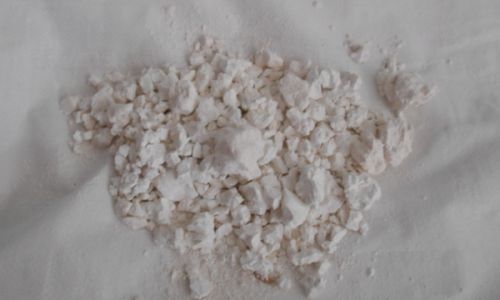
Health Considerations
While wheat starch is gluten-free, individuals with celiac disease should seek certified products to avoid cross-contamination. Additionally, refined wheat starch lacks the fiber and nutrients present in whole-wheat flour, so it should be consumed in moderation as part of a balanced diet.
Cultural Significance
Wheat starch has been integral to Asian culinary traditions for centuries. In China, it symbolizes purity and is used in festive foods like mooncakes and glutinous rice cakes. During the Mid-Autumn Festival, translucent 水晶餃 (crystal dumplings) made with wheat starch are offered as symbolic offerings. Its role in preserving cultural dishes underscores its importance beyond mere functionality.
Modern Innovations
Recent years have seen wheat starch gain traction in Western markets, driven by the gluten-free movement and fusion cuisine. Food scientists are experimenting with modified wheat starch to enhance frozen food stability and reduce oil absorption in fried products. Additionally, its biodegradable properties align with sustainability trends, positioning it as a green alternative to petrochemical-derived materials.
Cooking Tips and Techniques
- Hydration: Always mix wheat starch with cold liquids before heating to prevent clumping.
- Combination Flours: Pair it with tapioca or rice flour for gluten-free baking to improve texture.
- Dough Preparation: For dumpling skins, use boiling water to activate the starch’s gelatinization, creating a pliable dough.
- Storage: Keep in an airtight container in a cool, dry place to prevent moisture absorption.
Recipes Featuring Wheat Starch
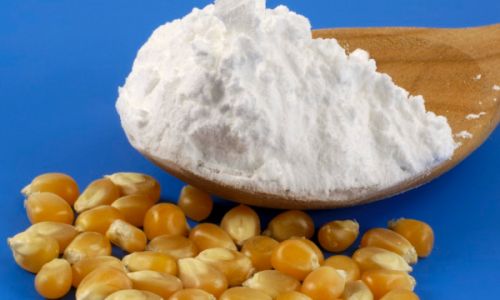
-
Mango Pudding
- Ingredients: 1 cup mango puree, 1 cup coconut milk, 3 tbsp wheat starch, 2 tbsp sugar.
- Method: Whisk starch with ¼ cup coconut milk. Heat remaining milk and sugar, then stir in starch mixture. Cook until thickened, add mango puree, and chill.
-
Steamed Vegetable Buns
- Dough: 1 cup wheat starch, ½ cup rice flour, 1 tsp oil, 1 cup boiling water.
- Filling: Shredded cabbage, carrots, and mushrooms seasoned with soy sauce.
- Method: Knead dough, wrap filling, steam for 10 minutes.
Conclusion
Wheat starch, or Dengfeng flour, is a testament to the ingenuity of human food processing. Its ability to transform simple wheat grains into a multifunctional ingredient has shaped culinary traditions and industrial innovations alike. As demand for gluten-free and sustainable products grows, wheat starch’s relevance is poised to expand, bridging cultural divides and technological frontiers. Whether enveloping succulent shrimp dumplings or stabilizing life-saving medications, this unassuming flour continues to prove that even the humblest ingredients can hold extraordinary potential.
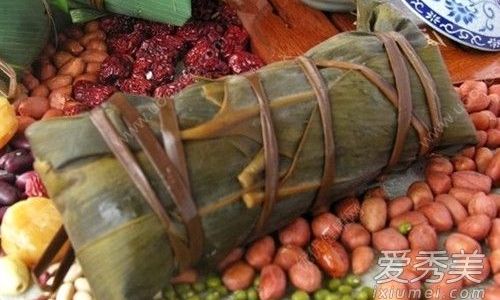

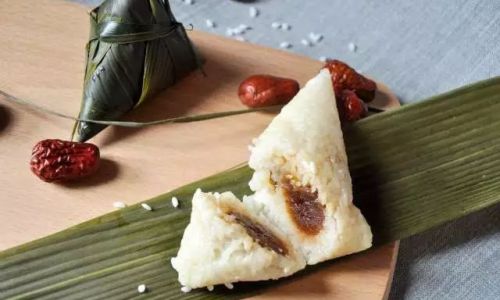
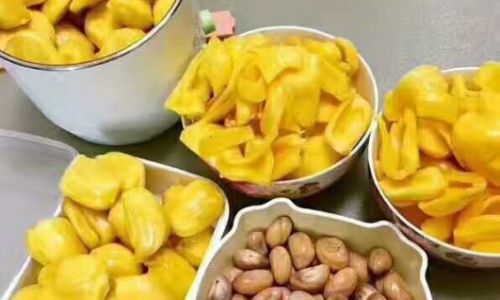

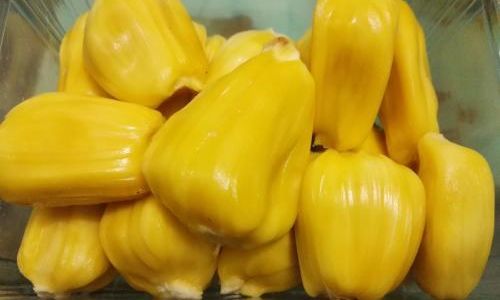
0 comments